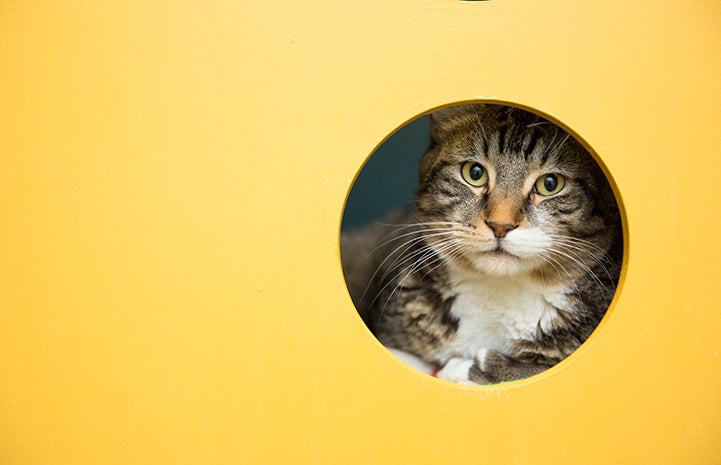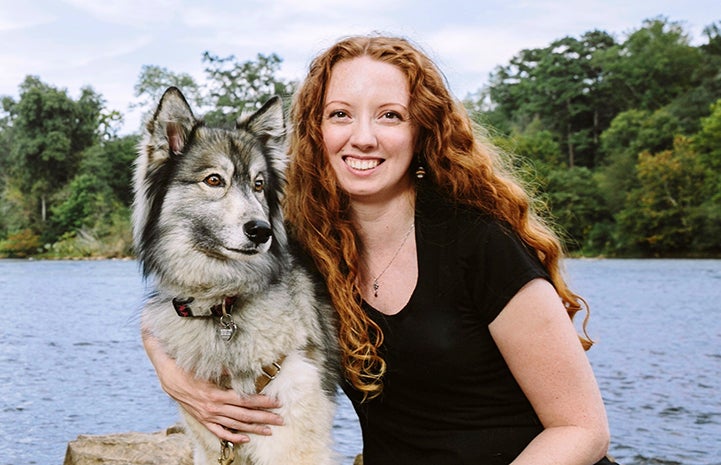Battling animal homelessness from coast to coast
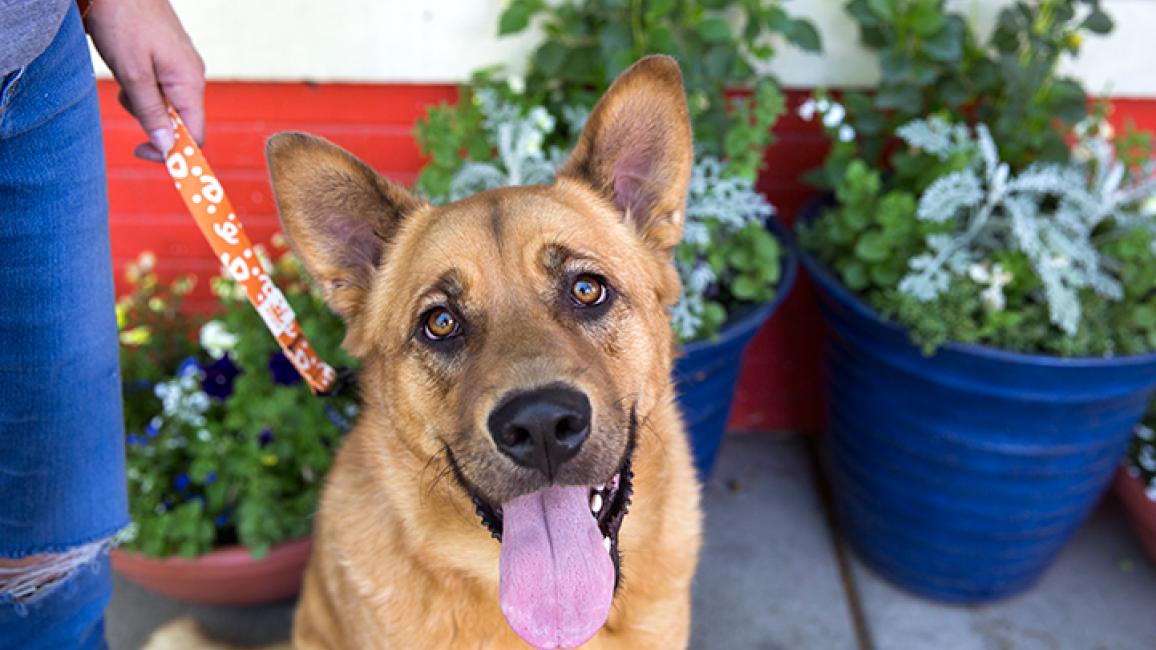
Best Friends has regional centers and hundreds of partners in four key areas around the country. And while each have their own unique challenges and successes, they share one common goal: saving the lives of pets.
This year, as the needle moves closer to reaching no-kill status in pivotal places such as Los Angeles, New York City, Atlanta and the entire state of Utah, one thing is evident: the year 2017 is shaping up as one of the most exciting years yet for animals.
There is so much to look forward to. Here’s what Best Friends leaders in each regional center told us about what they are doing coast to coast each day to make a difference in the lives of our animals. We hope you’ll join us in Saving Them All.
Learn more about Best Friends’ regional work
What are the biggest challenges to achieving no-kill in your community?
Marc Peralta, executive director of Best Friends–Los Angeles: The biggest challenge to achieving no-kill in Los Angeles has been belief ― belief that that we could take a city that was barely saving 50 percent of cats and dogs entering shelters and get to a point where there was no more killing for space, and for every 10 dogs and cats entering a shelter, at least nine would get out alive.
Los Angeles has had a no-kill goal for nearly 20 years. While the city made progress before the Best Friends-led No-Kill Los Angeles (NKLA) initiative began, for a long time the community did not come close to reaching no-kill. And when the goals weren’t met, many believers and no-kill advocates became a bit cynical.
Best Friends and other NKLA Coalition members knew we needed to step it up big time in support of Los Angeles Animal Services. And although there sometimes is conflict between the city and those working toward no-kill, we just choose to put the animals first and discuss our problems to come to a solution that benefits the animals.
By continuing to build our relationship, we are now on track to reach our goal of making Los Angeles a no-kill city in 2017.

Aryln Bradshaw, executive director, Best Friends–Utah: Ultimately, our biggest challenge is saving our feline friends. Nearly every shelter in the state of Utah is no-kill for dogs, which has resulted in a 94 percent statewide dog save rate. Cats, unfortunately, are not in quite as good of a position.
Our effort in Utah is statewide. Dozens of communities across the state have already achieved no-kill. Now, we are focused on ensuring the entire state is no-kill by 2019.
Right now, we face a lack of options for community cats in some areas. Many shelters are unable to care for underage kittens and are too far away to get help from the Best Friends Kitten Nursery in Salt Lake City. In order to address this, we will continue to expand spay/neuter options for the community, and work with local communities to implement trap-neuter-return (TNR) programming.
Learn about Best Friends’ No-Kill Utah (NKUT) initiative
Elizabeth Jensen, Best Friends–New York executive director: Our biggest challenge is making sure we can save cats and kittens, especially in the summer months. Kitten season can literally be a killer. In 2016, our team was working like maniacs alongside Animal Care Centers of NYC to keep up. Our program was bulging at the seams.
Another challenge for us is transportation. It’s hard to get around New York City with an animal in tow, so running a foster program that includes adult dogs, in particular, takes a little extra effort in the city.
Amanda Blair, Best Friends–Atlanta senior manager: In 2016 we were able to achieve a 90 percent save rate across all four counties that make up Metro Atlanta through targeted grants and cat programming in support of the shelters. The surrounding counties and more rural areas of Georgia are nowhere near that. And when you consider that there are 159 counties in Georgia, you can see that getting them to no-kill is going to take some work. This is one of our biggest challenges.
We have created targeted programs in order to achieve no-kill in Atlanta. Georgia is not unique to other states in the Southeast, in that the most at-risk pets are cats and large breed dogs (specifically pit-bull-terrier-like dogs). To deal with this challenge, we will have to work closely with both the shelter and rescue communities to focus our collective efforts on the programs that will deliver the most lifesaving.
Looking back on 2016, what were some of your most successful programs and biggest "wins?"
Marc Peralta (Los Angeles): The NKLA Coalition that is led by Best Friends and includes nearly 120 local rescue groups and animal welfare organizations, is our most successful program. At the heart of the coalition is Los Angeles Animal Services and our steering committee, made up of representatives from such organizations as the Michaelson Found Animals Foundation, Stray Cat Alliance and FixNation.
I’d say the second most successful part of our programming is our pet adoption centers. That includes the NKLA Pet Adoption Center in west L.A. and the Best Friends Pet Adoption and Spay/Neuter Center in Mission Hills, the latter of which is a public-private partnership with the city of Los Angeles to operate what was an empty city shelter. Since it opened, we have welcomed more than 25,000 animals from Los Angeles Animal Services for placement in an adoptive homes, and we’ve spayed or neutered more than 27,000 pets.
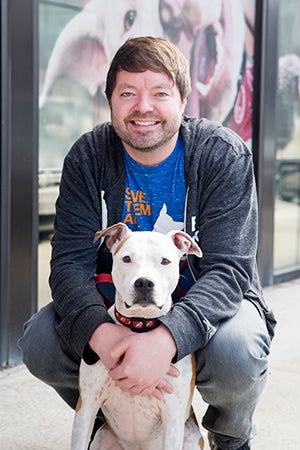 Arlyn Bradshaw (Utah): Last year we continued to see exciting progress for our statewide no-kill efforts. Our pet adoption center in Salt Lake City surpassed 5,000 adoptions only three years after it opened. Our kitten nursery has continued to ensure that three of the state’s largest shelters ― Salt Lake County, West Valley City, and Davis County ― maintained their no-kill status.
Arlyn Bradshaw (Utah): Last year we continued to see exciting progress for our statewide no-kill efforts. Our pet adoption center in Salt Lake City surpassed 5,000 adoptions only three years after it opened. Our kitten nursery has continued to ensure that three of the state’s largest shelters ― Salt Lake County, West Valley City, and Davis County ― maintained their no-kill status.
We were particularly excited to enter into a formal agreement with Weber County Animal Services, another of the state’s largest shelters, to work together on programming to help them take the final steps to becoming no-kill. This will focus largely on community cat work in the areas served by the shelter, as well as No-Kill Utah (NKUT) Coalition support for underage kittens brought to the shelter.
Get involved with Best Friends–New York
Elizabeth Jensen (New York): Last year, we partnered with businesses that provided free space to drive adoptions. Our adoption events at Urban Outfitters, for example, were very successful. At one of those events, 100 cats found homes in a single day. Our event team has an “event in a bag” format that promotes the events to get potential adopters to our locations and ― voilà ― we’re able to find lots of forever homes for cats just in the nick of time.
Amanda Blair (Atlanta): The most impactful program we launched in 2016 was the Cobb County community cat program. We sterilized, vaccinated and released more than 900 cats in 2016 between February and December. The program raised the cat save rate at Cobb County Animal Control from 61 percent to 93 percent by the end of 2016. And the overall save rate rose from 77 percent to 93 percent.
What are you most excited for in 2017?
Marc Peralta (Los Angeles): I am excited for everything. We already have so much to celebrate as we have seen the number of animals killed in city shelters plummet. And we are doing it together as a community.
This year, we need to continue to innovate and make it easier for volunteers and the public to find a rescued pet to adopt, and to get involved with rescue groups and shelters. I can't wait for us to finally achieve our goal and have the hard work pay off.
That said, we will then need to achieve no-kill in L.A. every year after and continue to build community awareness and resources to help our animals and animal lovers in our great city.
Arlyn Bradshaw (Utah): We are excited that our Ogden spay/neuter clinic is now fully operational. After having limited operation in 2016, we are now open full-time to support the Weber and Davis County shelters, our NKUT Coalition members, community cat programs and low-income families. The clinic will play a crucial role in helping us reduce the number of pets entering shelters across northern Utah.
We are also looking forward this year to our expanding work with the two large shelters in Utah County. The South Utah Valley Animal Shelter, an official partner for two years now, and recently had a leadership change. We are looking forward to further assisting this shelter with cat adoptions, as well as providing support for their underage kittens. Additionally, we are excited to again be working with the North Utah Valley Animal Shelter.
Also, we have been asked to participate in a rescue group advisory committee that is helping the shelter make changes in standards of care, and to build stronger connections with our NKUT Coalition members.
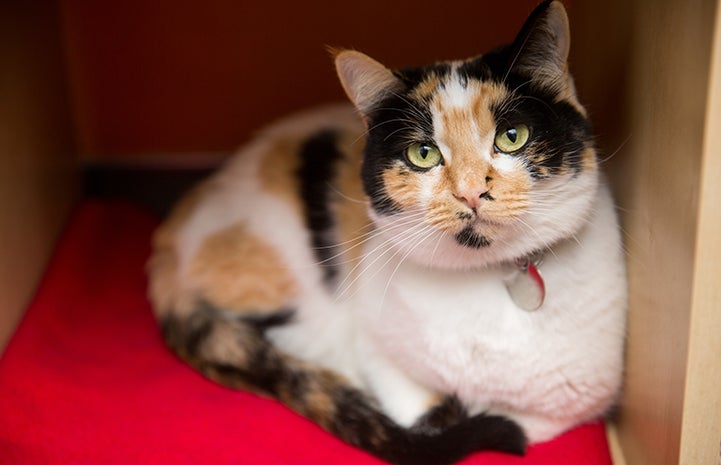
Elizabeth Jensen (New York): We are excited about opening our adoption center ― period, end of story! The Best Friends Pet Adoption Center in New York will operate like a co-op, with space available for our network partner groups to showcase their pets for adoption. This makes room so they can go back and pull more animals in need from the shelter.
Animal Care Centers of NYC has made incredible strides in lifesaving over the last several years, and we will continue to collaborate with other rescue groups to support NYC and the immediate vicinity with all of its specific needs.
Also, doubling down on cats this summer will be just what the doctor ordered. And of course, we will be working to make our two signature events ― the Best Friends Super Adoption and Strut Your Mutt ― even bigger this year. Last year’s Strut Your Mutt raised nearly $300,000 for local rescue groups. This year, we’d like to raise even more.
Amanda Blair (Atlanta): We are excited to help other outlying counties achieve no-kill status. We are excited about growing the foundation of lifesaving that the adoption center has provided. By expanding our work to help pets from more shelters in the area, our adoption center will drive and support the goals of increasing lifesaving across the area outside Atlanta.
See all best Friends’ work in Atlanta
What ways can people get involved to help Best Friends help save animals in 2017?
Marc Peralta (Los Angeles): In so many ways! If you or someone you know is looking for a pet, choose adoption from a rescue group or shelter.
Also, donations are a must. Lifesaving work is expensive and we can only do this through the public generosity that supports our work through donations.
Volunteer at our events, adoption centers or with one of our partners. You can also become a foster parent to a dog or cat while we work to find them a home. Also, make sure you are vocal with your local governmental representatives about how important animal issues and no-kill are to you.
Arlyn Bradshaw (Utah): We always ask that people take our calls to action to heart: Adopt, volunteer, spay/neuter and donate. If every community’s residents do these things, they will achieve no-kill.
We know this formula works because we have seen it be successful in the state’s largest municipal shelters, rural shelters and private shelters. It is important for everyone here who cares about the animals to engage their local shelter or NKUT Coalition member. Together, we can Save Them All.
Elizabeth Jensen (New York): Adopt, volunteer and donate! There are so many ways to help save a life. Our programs utilize help from volunteers in a myriad of ways. Some help us engage the community with street teams, while others help us with clerical functions. And, of course, fostering is so vital to our work. If you can give an animal a place to crash for a few weeks, you can help save a life.
Donate to help save homeless pets
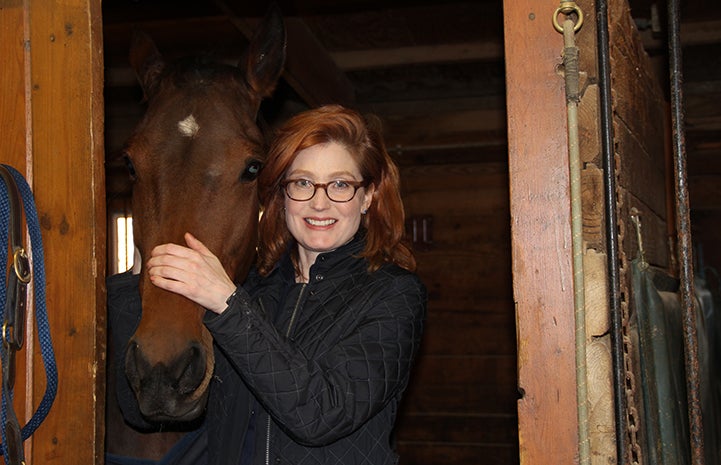
Amanda Blair (Atlanta): We always need foster homes. There are simply not enough shelter groups and rescue facilities to house all of the homeless pets until they find their forever homes. Opening your home to a foster pet is a great way to help save a life.
And we always have volunteer opportunities: from working with animals in our center and helping with the community cat program to assisting with off-site adoptions. For those who cannot work directly with animals, there are several areas where they can help, whether it is working at off-site awareness events, helping with data entry or assisting with projects around the center.
Working toward no-kill across the country
Things are looking brighter for pets from coast to coast, as more communities commit to and begin to achieve no-kill. We’ve come so far, yet there’s still a long way to go to ensure that no more pets are killed in a shelter simply because they don’t have a safe place to call home. But together, we can Save Them All.

Become a member of Best Friends
Photos by and courtesy of Best Friends staff
